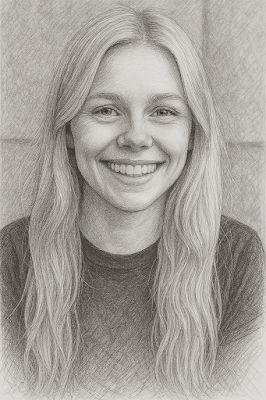Everett Ruess: The Boy Who Vanished into the Desert

American Authors Gone Missing Exploring the Mysterious Disappearances of Literary Voices Few figures in the American Southwest are as haunting as Everett Ruess, the young artist, writer, and adventurer who disappeared without a trace in 1934. At just twenty years old, Ruess had already carved out a remarkable path for himself, wandering alone through the deserts and canyons of the Southwest, chronicling his travels in evocative letters, journal entries, and artwork. His mysterious disappearance and the romantic, bohemian idealism of his life have since elevated him to the status of folk legend. Artistic Interpretation of Everett Ruess | BookBrains Press A Life in Search of Beauty Born in Oakland, California, in 1914 and raised in Los Angeles, Everett Ruess was the son of Christopher and Stella Ruess, both educators with strong artistic inclinations. From an early age, Everett showed a precocious talent for art and writing. As a child, he wrote essays and composed poe...




